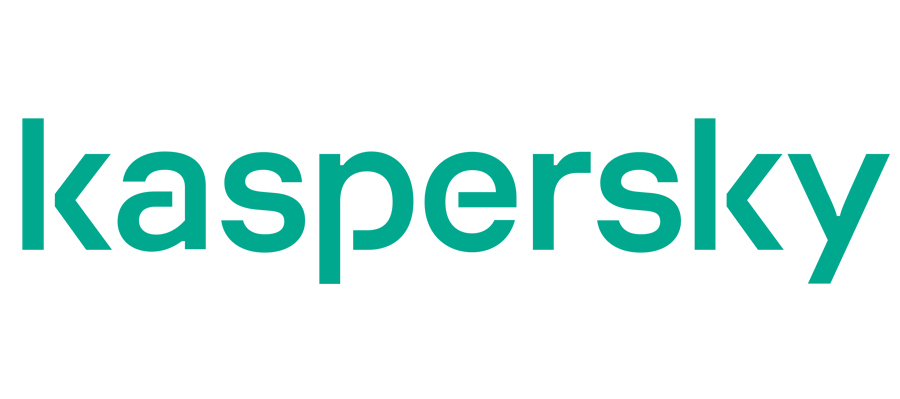Sandra Lee, Managing Director for Asia Pacific region at Kaspersky
The term Metaverse is pretty hot right now. More and more brands are striving to conquer the Metaverse using various integration formats. For example, Gucci is creating its own world in the Sandbox metaverse. The luxury brand has announced that it will buy the virtual land in The Sandbox to start building its world on the platform.
At the same time, the first NFT restaurant, the Flyfish Club, opened in New York. You need to buy an NFT membership card to get into it. The number of places in the club is limited: the owners have issued 2.7 thousand tokens, providing entry for regular members and 385 tokens for top-level guests. A permanent membership will cost 2.5 Ethereum, or a little over $8,000, for which guests can access a cocktail bar, a restaurant and private events.
Dan Neary, Vice President of Meta in Asia Pacific noted in a recent virtual press conference that it’s more pronounced in APAC than anywhere else if we think about the speed by which many industries, have adapted to things like mobile or messaging.
SoftBank Group Corp. is investing $150 million in a South Korean metaverse platform that has amassed a large following of young female users by selling high-fashion items for 3-D avatars, according to the companies involved in the deal.
Considering the level of hype, there will undoubtedly be an inevitable economic effect. According to PWC’s VR and AR forecasts, these technologies could impact 23 million jobs by 2030. This, in turn, could lead to an economic growth of $1.92 trillion. One reason is that the technologies used in the Metaverse can make it possible to minimize the gap between theory and practice.
Is there any corporate perspective?
Metaverses can be useful for end-users to play and spend time in virtual spaces. At the same time, businesses can also benefit from the use of digital spaces.
One of the most obvious options is to improve the training and education experience for employees. Metaverses and immersive technologies can accelerate corporate e-skills and others.
The Metaverse provides new interactive learning experiences in VR, AR, and Mixed reality that enable people to learn faster, retain information better, and enjoy the process. A recent PWC study devoted to VR usage for soft skills development found employees who trained in virtual reality simulations learned four times faster than in-class learners and twice as fast as online learners. In addition, compared to the allocation of resources, the sessions were shorter: only 20 minutes compared to one hour.
Also, according to Aimprosoft forecasts, in the next few years, the e-learning market is expected to grow significantly from $185.26 billion in 2020 to $388.23 billion in 2026.
What about “metarisks”?
On the other side, it is often not completely clear what people mean when using the term Metaverse. Are they referring to a particular virtual world, like Fortnight, or a VR ecosystem, like Oculus? To complicate the matter further, people throw in more buzzwords, like NFT and blockchain. For example, there is a startup that promises a solution to create AI-enabled digital avatars that can be minted and sold as NFTs to be used in the Metaverse – it’s enough to make your head spin.
All this complexity makes many people wonder if there are cybersecurity and privacy implications. However, cutting through the hype, we can see that most things remain the same. We still have the problem of a possible account takeover, which can lead to identity theft and fraud. In the same way that adversaries can get access to your personal or corporate correspondence if they hack your email accounts via phishing, malware, or credential stuffing, they can also gain access to your personal data stored on your preferred Metaverse platform. From a corporate perspective, it still means that a human is the weakest link when it comes to cybersecurity.
Some things might turn out to be different, and let’s try to imagine where this might go in a few years if the concept persists. One of the promises of Metaverse is interoperability. For example, a house you bought on Decentraland and a pair of luxury virtual sneakers from OpenSea would be accessible on all platforms, including the one you use to go to work at your virtual office. This creates a single point of failure and puts greater stress on the need to protect your accounts.
Another problem is that this interoperability can be based on blockchain, such as Ethereum. This puts more responsibility on the end user to keep their identity and digital property safe as current blockchains, by definition, lack central authority. This means if your fancy NFT avatar is stolen, the platform cannot help you, as demonstrated by the high-profile NFT-ape stealing cases. Also, tying identity (and access to personal data) to a blockchain wallet, which also stores your money and digital property, means cybercriminals will be more eager to gain access to them.
Finally, the question of trust in the platform is important. Many companies are already using the cloud as their primary infrastructure and have distributed their workforce accordingly, so moving the office to a VR world would be a logical next step (even though the tech still needs to evolve considerably to make the idea of being in VR for 8 hours a day appealing). Those whose operations involve handling personal data or classified information might want to continue relying on on-premise solutions and not expose the identities of their employees on a blockchain.
This means that should Metaverse actually become a new paradigm, (which is still an if), the basics of threat mitigation will be the same: protect your accounts by using password managers and 2FA, use a reliable cybersecurity solution to prevent malware and phishing attacks, and educate yourself and your employees on best cybersecurity practices. If you already use cryptocurrency, invest in a hardware wallet and please read our cybersecurity tips on how to keep your crypto safe.
Of course, the Metaverse is still far from being a solid reality but when it does become part of daily lives, not every brand will be able to grow in these competitive markets. Like the people who control them, avatars will have limited time, opportunity and energy to interact with companies. Brands that hope to thrive in the Metaverse tomorrow need to explore its boundaries and possibilities today and stake their bets before there are no more virtual worlds left to conquer.
Liked this post? Follow SwirlingOverCoffee on Facebook, YouTube, and Instagram.



